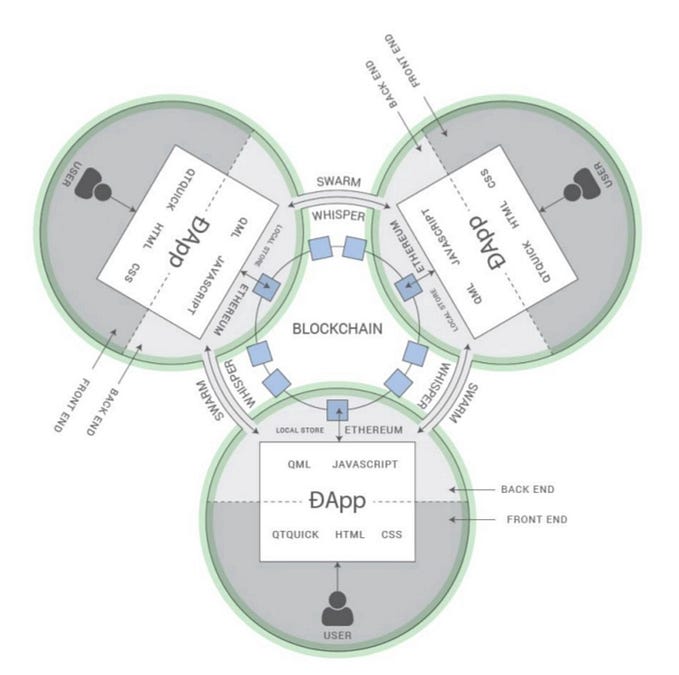Member-only story
Optimal Timing to Exercise Options in a Regime-Switching Market

The standard no-arbitrage pricing model assumes that all option positions can be hedged perfectly by continuously trading the underlying asset.
However, in many financial applications, the underlying is not liquidly traded; instead, the investor (option holder or writer) trades a correlated asset as a proxy to minimize risk exposure. Examples include employee stock options, weather derivatives, and commodity options.
Moreover, asset prices are often seen as dependent on market conditions. Asset price dynamics can be considered as modulated by a continuous-time Markov chain representing the stochastic market regime.
In these so-called regime-switching market models, it is common that the risks associated with regime changes are unhedgeable. More importantly, the hedging strategies and timing to exercise the options should vary across different market regimes.

In this paper, we consider the problem of dynamically hedging a long position in American (early exercisable) options written on a non-traded asset in a regime-switching market. In the model, the investor (option holder) faces the idiosyncratic risk from the non-tradability of the underlying as well as the regime-switching risk. These two sources of unhedgeable risks render the market incomplete.
Our approach accounts for the partial hedge with a correlated liquid asset and the multiple exercises of options. Since not all risks can be hedged, the holder’s risk aversion will affect the valuation and trading decisions.

Hedging strategies and exercise timing need to be adapted to different market regimes.
In our mathematical formulation, the holder’s trading problem involves stochastic control (due to dynamic hedging) and optimal stopping (due to early exercises).
Our solution approach involves the analytic and numerical studies of the associated…








